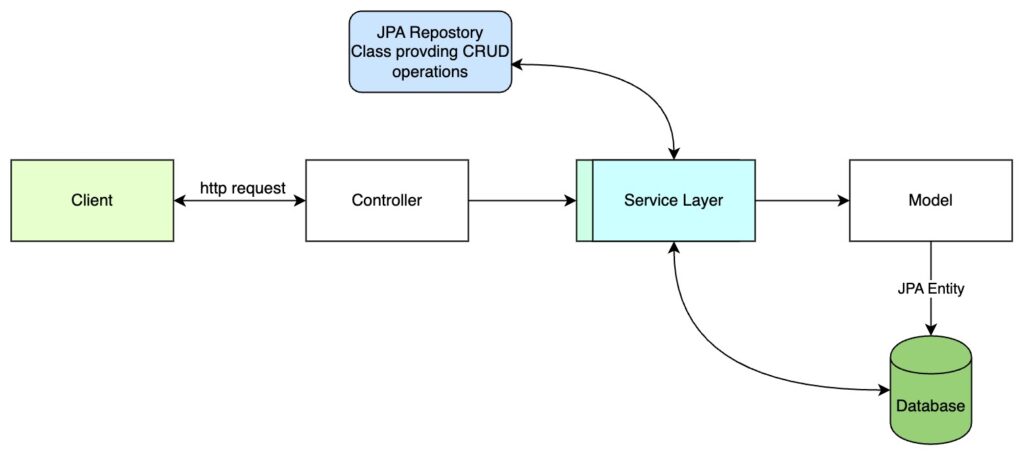Spring Boot Seed Data: How to Add Seed Data in Spring Boot
Table of Contents
- Introduction
- What is Seed Data in Spring Boot?
- Step-by-Step Implementation of Spring Boot Seed Data
- Benefits and Use Cases
- Conclusion
1. Introduction
In this comprehensive guide, you’ll learn how to add Spring Boot Seed Data to a database in a Spring Boot application. Seed data is crucial for initializing databases with predefined values, which helps during development and testing.
By following this tutorial, you’ll understand how to implement Spring Boot Seed Data step by step, ensuring a seamless database initialization process in your application.

2. What is Seed Data in Spring Boot?
Seed data refers to a set of predefined data that is inserted into the database when the application starts. In Spring Boot, this often includes entities like users, posts, or roles. Here’s a table outlining the benefits:
| Feature | Description |
|---|---|
| When to Use | Development and testing |
| Use Cases | Initializing users, roles, posts |
| Advantages | Quick setup, automated testing |
3. Step-by-Step Implementation of Spring Boot Seed Data
Creating the Seed Data Class
We will create a new class SeedData.java to manage the Spring Boot Seed Data insertion. Here’s the structure:
|
1 2 3 4 5 6 7 8 9 10 11 12 13 14 15 16 17 18 19 20 21 22 23 24 |
package org.studyeasy.SpringStarter.config; import javax.annotation.PostConstruct; import org.studyeasy.SpringStarter.models.Post; import org.studyeasy.SpringStarter.repositories.PostRepository; import org.springframework.beans.factory.annotation.Autowired; import org.springframework.stereotype.Component; @Component public class SeedData { @Autowired private PostRepository postRepository; @PostConstruct public void init() { Post post1 = new Post("Seed Data Title 1", "Seed Data Content 1"); Post post2 = new Post("Seed Data Title 2", "Seed Data Content 2"); postRepository.save(post1); postRepository.save(post2); } } |
Using Repositories to Persist Data
We use the PostRepository to persist data. Here’s the Post model:
|
1 2 3 4 5 6 7 8 9 10 11 12 13 14 15 16 17 18 19 20 21 22 23 24 25 26 27 |
package org.studyeasy.SpringStarter.models; import javax.persistence.Entity; import javax.persistence.GeneratedValue; import javax.persistence.GenerationType; import javax.persistence.Id; @Entity public class Post { @Id @GeneratedValue(strategy = GenerationType.IDENTITY) private Long id; private String title; private String content; public Post() {} public Post(String title, String content) { this.title = title; this.content = content; } // Getters and Setters } |
Integrating Seed Data with Services
The PostRepository interacts with the database, and the save() method inserts the data when the application starts. For more information, you can refer to the Guide to Spring Boot Repositories.
4. Benefits and Use Cases
Using Spring Boot Seed Data helps developers set up consistent environments for testing. Here are some benefits:
| Pros | Cons |
|---|---|
| Quickly initializes the database | Needs careful management in production |
| Facilitates automated testing | Requires manual cleanup post-testing |
5. Conclusion
Adding Spring Boot Seed Data to your application ensures that your database is initialized with predefined values, enhancing the development and testing experience.
For further reading, check out the Spring Boot Official Documentation.
